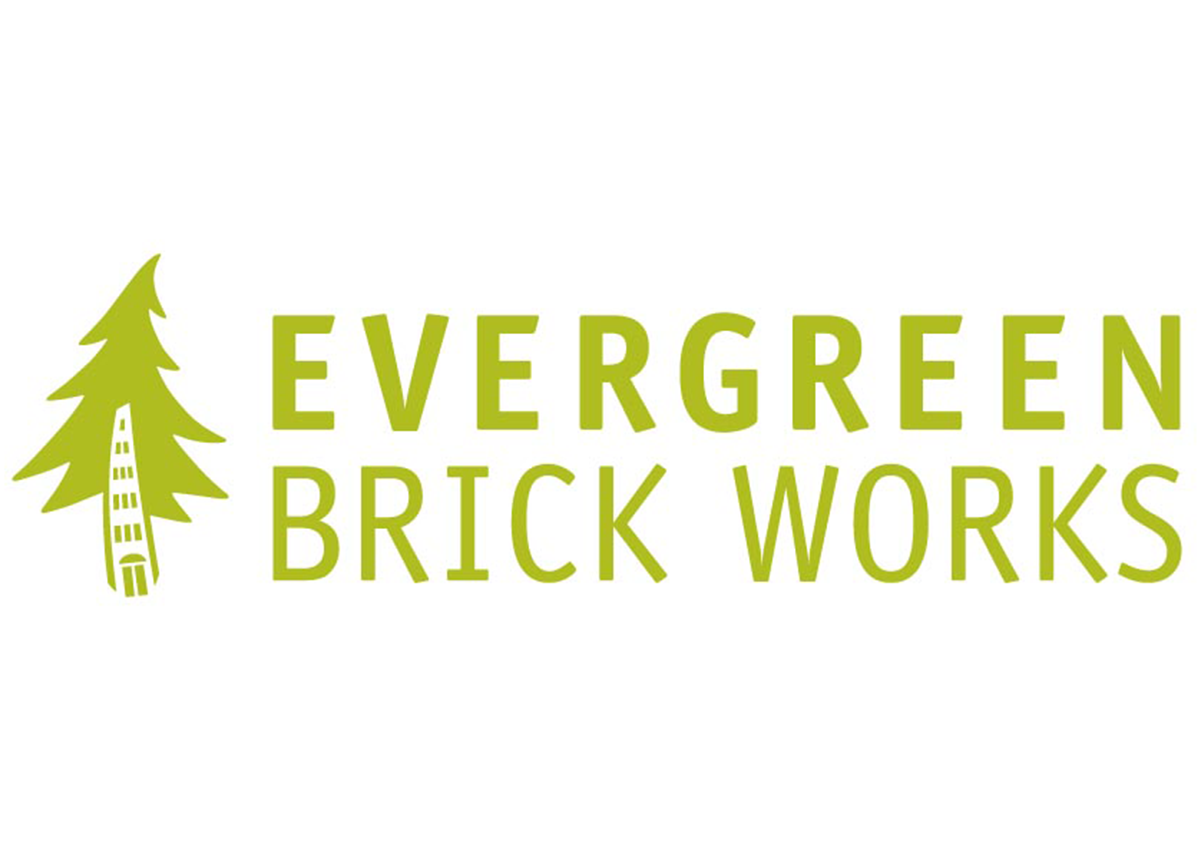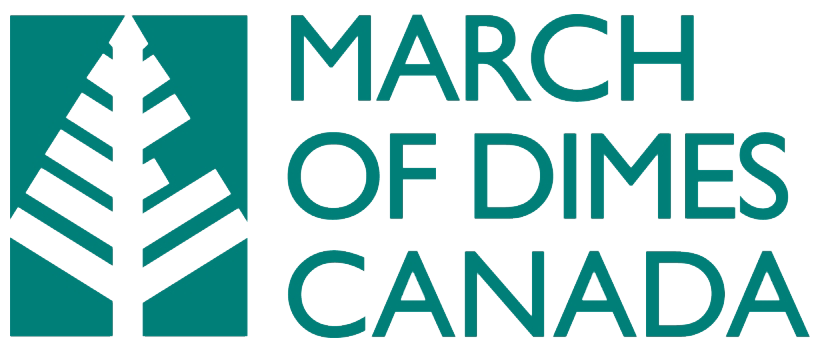Toronto has seen a 10.4% drop in major crime indicators (MCIs) year-over-year as of October 2025. According to the Toronto Police Service (TPS), property crime is mostly down, including a 31.5% decrease in auto thefts and a decline in break and enter.
Meanwhile, violent crime rates have declined across the board, with assaults, robberies, sexual violations, and — most dramatically — homicides decreasing.
At Protection Plus, we’ve put together the most important Toronto homicide statistics to show where progress is being made, how the current numbers compare to previous years, and what these trends reveal about safety across the city.
1. There were roughly 85 murders in Toronto in 2024, but 2025 is on pace for a near 50% drop
As of October 2025, Toronto had reported 32 murders for the year, marking a 56.2% decline from the 73 murders recorded during the same time period in 2024. By year-end 2024, the city saw 85 homicides, and is projected to finish 2025 with around 43 homicides.
For comparison, there were 73 homicides reported in 2023 and 71 in 2022. A similar spike occurred in 2021, when 85 murders were also reported.
Source: TPS
2. Toronto’s homicide rate is projected to drop to 1.3 per 100,000 residents by the end of 2025
Based on an estimated 3.3 million residents in 2024, Toronto stands at about 1 homicide per 100,000 population as of October 2025 — less than half of the 2.21 per 100,000 reported at the same time last year and below the 2.58 per 100,000 seen by the end of 2024.
If Toronto finishes 2025 with the projected 43 homicides, there will be a year-end rate of 1.3 per 100,000 residents — one of the lowest in recent years.
Source: TPS.
3. In 2025, shooting deaths fell by half and stabbing deaths dropped by one-third in Toronto
According to Toronto homicide statistics, by October 2025 the city had seen 17 shooting deaths (52.8% decrease year-over-year), 11 stabbing deaths (35.3% decrease), and 4 murders with other weapons (71.4% decrease). The previous year-to-date, there had been 38 shooting deaths, 19 stabbing deaths, and 16 murders with other weapons.
Year-end totals for 2024 included 43 shooting deaths, 24 stabbing deaths, and 18 other murders.
Projected 2025 totals (based on current pace):
- 20 shooting deaths
- 16 stabbing deaths
- 5 other homicides
This would be the lowest in recent years, with 2023 previously seeing the fewest shooting deaths with 29, and 2021 seeing the fewest stabbing deaths and other homicides with 16 and 10, respectively.
Source: TPS.
4. Over the past 20 years, homicides have occurred throughout Toronto, with the city centre seeing the highest concentration

The map above indicates the location of every homicide reported in the city of Toronto for over 25 years. Colored markers reveal murders from 2021 to August 2025, with yellow markers indicating shooting deaths, red markers representing stabbing deaths, and blue markers indicating other murders. Grey markers indicate homicides reported from 2004 through 2020.
Source: Toronto Police Public Safety Data Portal.
5. Bendale-Glen Andrew, North Riverdale, and West Hill neighbourhoods are tied for the most homicides in 2025 — with 2 each
By October 2025, each of the three Toronto neighbourhoods had two police-reported homicides, while the previous year Weston led with five homicides. So far in 2025, Weston had recorded zero homicides for the year.
Toronto homicide statistics reveal that in 2023 Moss Park had the most murders with seven, while 2022 saw a five-way tie among Alderwood, Glenfield-Jane Heights, Lansing-Westgate, Moss Park, and York University Heights with three homicides each. In 2021, York University Heights led with six homicides.
Here’s the neighbourhood breakdown of the 32 homicides reported in Toronto as of October 2025:
- Annex: 1
- Bendale-Glen Andrew: 2
- Brookhaven-Amesbury: 1
- Danforth: 1
- Englemount-Lawrence: 1
- Greenwood-Coxwell: 1
- Harbourfront-CityPlace: 1
- Henry Farm: 1
- High Park North: 1
- Ionview: 1
- Islington: 1
- Mimico-Queensway: 1
- Moss Park: 1
- Mount Dennis: 1
- Mount Olive-Silverstone-Jamestown: 1
- North Riverdale: 2
- Oakdale-Beverley Heights: 1
- Pelmo Park-Humberlea: 1
- Scarborough Village: 1
- Stonegate-Queensway: 1
- Tam O’Shanter-Sullivan: 1
- University: 1
- Wellington Place: 1
- West Hill: 2
- Weston-Pelham Park: 1
- Woodbine-Lumsden: 1
- Wychwood: 1
- Yonge-Bay Corridor: 1
- Yorkdale-Glen Park: 1
To read where all 85 homicides occurred in 2024, see the Toronto crime rate by neighbourhood.
Source: TPS.
6. Ontario as a whole did not reflect Toronto’s 2024 homicide spike — the provincial total increased by only 10
In 2024, Ontario recorded 282 homicides — an increase of 10 over the 272 homicides recorded in 2023. However, the 2024 total was still lower than in 2022 (293) and 2021 (284).
Likewise, the Ontario murder rate in 2024 was 1.75 per 100,000 population, only slightly higher than 1.74 the previous year and lower than 2022 (1.94) and 2021 (1.91). This was also lower than the national murder rate, as Canada saw a total of 788 homicides in 2024 (the fewest since 2020) with a murder rate of 1.91 per 100,000 population.
However, the 2024 Ontario homicide rate did show a 52.67% increase compared to 2014, while the nationwide homicide rate increased 28.82% over the decade.
Here’s how the total number of homicides in Ontario compared to other provinces in 2024, as well as the homicide rate per 100,000 population:
- Alberta: 98 (2.00)
- British Columbia: 93 (1.63)
- Manitoba: 94 (6.29)
- New Brunswick: 18 (2.11)
- Newfoundland and Labrador: 4 (0.73)
- Nova Scotia: 25 (2.32)
- Nunavut: 4 (9.72)
- Ontario: 282 (1.75)
- Prince Edward Island: 2 (1.12)
- Quebec: 97 (1.07)
- Saskatchewan: 65 (5.24)
- Northwest Territories: 6 (13.41)
- Yukon: 0 (0.00)
Source: Statistics Canada.
7. Among Canadian CMAs, Toronto consistently ranks first for homicides, with 133 in 2024
Each year, the Toronto census metropolitan area (CMA) records more homicides than any other CMA. However, Toronto is the most populous Canadian CMA with over 7.1 million people, followed by Montreal (4.6 million) and Vancouver (3.1 million).
Before peaking at 133 homicides in 2024, the Toronto CMA recorded 119 in 2023, 131 in 2022, 118 in 2021, and 103 in 2020 — vastly surpassing all other CMAs each year.
The table below shows the 10 CMAs with the most homicides in 2024, as well as their estimated populations and homicide rates per 100,000 population:
An additional 270 murders were recorded in non-census metropolitan areas, the fewest since 2020.
- Despite having the highest total number of homicides, Toronto’s 2024 rate (1.9) ranks seventh among these CMAs.
- Winnipeg has the highest homicide rate among these CMAs at nearly 4.6 per 100,000.
- Vancouver and Montreal have the lowest, both around 1.2 per 100,000.
Source: Statistics Canada.
8. Homicides tend to spike around the hottest months and September, while massive spikes can occur around the holidays
While trends since 2020 are inconsistent, there appears to be an annual spike around September and between June and July, with sometimes another during or just after the holidays, either in December (the highest month for murders in 2023, with 11) or January (the highest month for 2022, with 10).
As of October 2025, July was the heaviest month for homicide in Toronto for the year with six murders reported. Five homicides were reported in both June and September, while four were reported in both March and August, three were reported in both February and April, and one was reported in both January and May.
In 2024, June and September saw the highest spikes, with 11 and 10 homicides, respectively. The fewest homicides year-over-year occurred in May, July, and August, with six each. However, the lowest months for reported homicides by year-end were November with 4 and December with 5 murders.
Source: TPS.
9. As of October, the TPS had 3 current homicide investigations for 2025 — the lowest for any recent year
For comparison, Toronto Police Service Homicide has 17 current investigations from 2024, five from 2023, 11 from 2022, 22 from 2021, and 17 from 2020.
Current homicide investigations for 2025 include:
- A 30-year-old male homicide victim, shot July 22 in the area of Osler Street and Davenport Road.
- A 42-year-old male shot May 19 in the area of Weston Road and Albion Road.
- A man, age unknown, shot March 26 near Martin Grove Road and Albion Road.
Source: TPS.
10. TPS cleared 84% of murder cases in 2022 — the highest clearance rate in 20 years
Of the 67 murders Toronto police investigated in 2022, they made 56 arrests by the end of that year.
Forty-two of these murders were fatal shootings, which are especially difficult to solve, but the department was able to clear 80% of them.
A success rate this high is very rare, and an inspector with the department credited video surveillance, forensic investigators, anonymous tips, and investigative genetic genealogy.
Source: Global News.
What These Toronto Homicide Statistics Reveal
The 2025 data paints a cautiously optimistic picture for Toronto’s safety landscape. While fluctuations in Toronto homicide statistics are normal year to year, the trends below highlight meaningful progress toward a safer city:
- Major decline in violent crime: Homicides in Toronto are projected to fall by nearly 50% compared to 2024, marking a strong improvement for this major Canadian city.
- Record-low homicide rate: With a projected 1.3 homicides per 100,000 residents, Toronto’s 2025 homicide rate is on track to roughly halve the rate from the previous year.
- Improved investigative outcomes: In recent years, the Toronto Police Service has seen the highest clearance rate in two decades, thanks to modern technology and strong community cooperation.
- Geographic shifts in violence: Fewer neighbourhoods are seeing repeat homicides, suggesting improved community safety efforts at the local level.
- Encouraging long-term trend: The overall decline across most major crime indicators signals a potentially sustained positive shift in Toronto crime statistics.
How Protection Plus Can Help Protect Your Property
These Toronto homicide statistics highlight the need for strong home security as well as business security. Since 1994, Protection Plus has helped Canadians safeguard what matters most. With over 25,000 homes and businesses served, our Toronto-based experts design and install tailored systems — from smart alarms to access control and video surveillance.
Whether you’re securing a home, rental, or commercial property, our 30+ years of local experience can help you feel safer and more confident. Contact us today for a free, no-obligation quote and see how Protection Plus can strengthen your peace of mind.
- Access Control
- Alarm monitoring
- Alarm Systems
- cannabis
- cannabis retailer
- CCTV Cameras
- Childproof Doors
- Commercial Security
- Construction Security
- Cybersecurity
- Digital Safety
- Door Bell
- Ethernet
- fire
- flood
- garage
- General Category
- Halloween
- holiday
- home
- home automation
- Home Safety
- Home Security
- Home Security System
- In the News
- intercom
- internet
- life insurance
- Locksmith
- Move Ahead
- moving
- MUL-T-LOCK
- natural disasters
- New Years
- Office Security
- Personal Safety
- Pet Protection
- real estate
- Safes
- Safes
- safety
- school
- Security Cameras
- Security Film
- Security Industry News
- Security Systems
- Security Tips
- security window film
- Senior Safety
- shoplifting
- Small Business
- Small Business security
- social media
- social network
- Sports Safety
- summer
- vacation
- Video Alarm Monitoring
- web
- web surfing
- Webdesign
- Window Film
- winter
- Workplace safety



















































